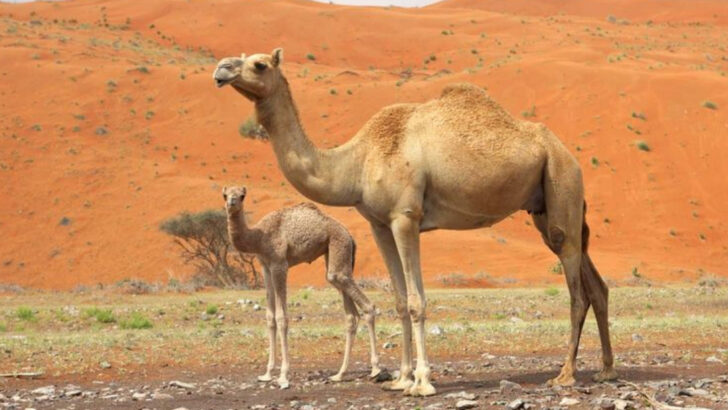The Sahara isn’t just hot—it’s merciless.
Scorching sun, endless sand, and days so dry they make your skin crack. Most creatures don’t stand a chance.
But these 10 wild survivors? They’re built like tiny tanks. Masters of heat, drought, and the kind of endurance that would make a marathon runner jealous.
From clever tricks to wild adaptations, these animals have cracked the code to thrive where life seems impossible. Ready to meet the desert’s toughest warriors?
Fennec Fox

A true desert marvel, the fennec fox’s large ears are not just cute—they serve a critical purpose. These ears dissipate heat and allow the fox to stay cool in the desert’s searing environment.
With fur that reflects sunlight during the day and retains heat at night, this creature is exquisitely adapted to Sahara life. Its nocturnal nature ensures it avoids the sun’s peak heat.
Fun fact: The fennec fox can go for long periods without water, deriving moisture from its food. Its survival is a testament to nature’s inventive adaptations.
Dromedary Camel
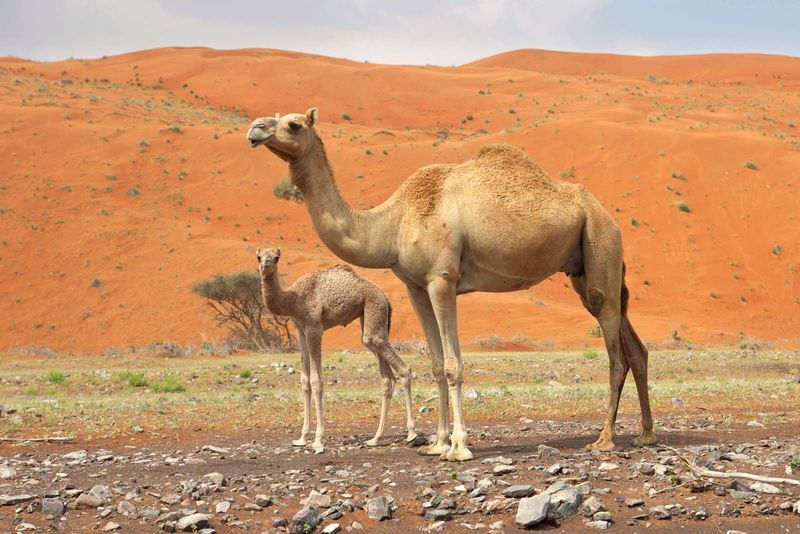
The dromedary camel, often called the “ship of the desert,” is perfectly built for Sahara travels. Its long legs keep its body away from the hot sand, while its humps store fat, providing energy when food is scarce.
Incredible endurance allows it to travel without water for days, thanks to specialized kidneys that minimize water loss. Their padded feet are designed for sand traversal.
Historically, these camels have been crucial for trade across the desert, symbolizing resilience and adaptation. They are indispensable to desert life and culture.
Saharan Silver Ant
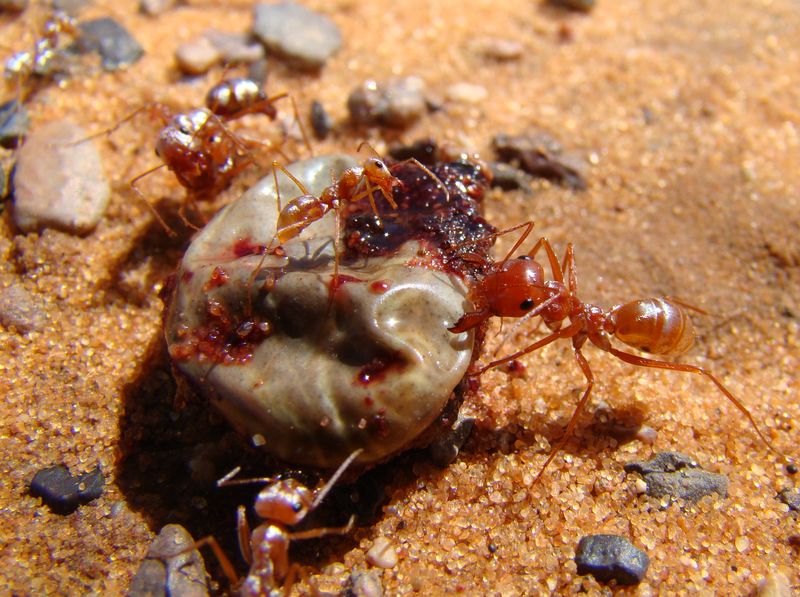
Tiny yet mighty, the Saharan silver ant is a master of survival in extreme heat. Its metallic body reflects sunlight, protecting it from the sun’s intense rays.
Able to endure the highest temperatures of any terrestrial animal, these ants limit foraging to mere minutes each day. Quick movements and strategic colony locations aid in their endurance.
Their ability to withstand conditions that would be fatal to others is remarkable, showcasing evolutionary brilliance. Despite their size, they are formidable desert inhabitants.
Addax Antelope
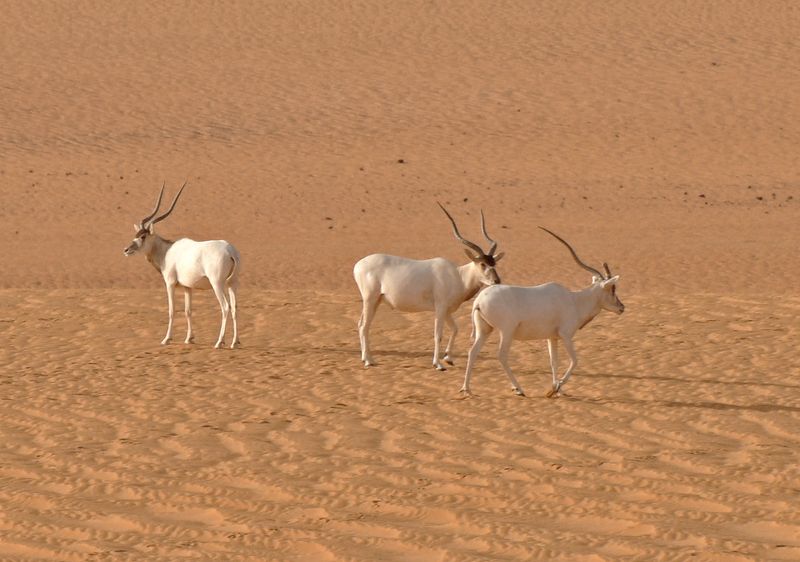
The addax antelope is a rare sight, yet its adaptations to desert life are extraordinary. Its sandy coat provides camouflage while its broad hooves aid in walking on sand.
The addax can endure long periods without water, gaining hydration from plants. Its ability to travel vast distances in search of food is vital for survival.
Critically endangered, the addax’s survival hinges on conservation efforts. It symbolizes the delicate balance of life in the Sahara. Its presence is a reminder of nature’s vulnerability and resilience.
Horned Viper
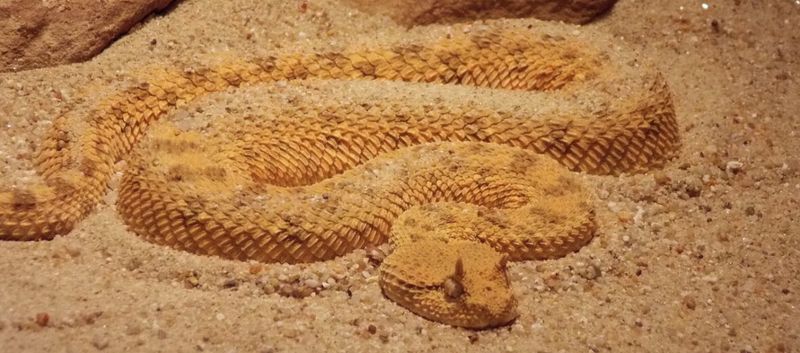
With its unmistakable horns, the horned viper is a master of stealth in the Sahara. Its sidewinding motion across the sand minimizes contact, reducing heat exposure.
This predator is highly adapted to desert life. Its venomous bite is effective for hunting, ensuring it maintains its place in the food chain.
Blending seamlessly with the sandy environment, the horned viper exemplifies nature’s capacity for creating specialized survival tactics. Its presence adds a thrilling edge to the desert’s wildlife.
Desert Hedgehog
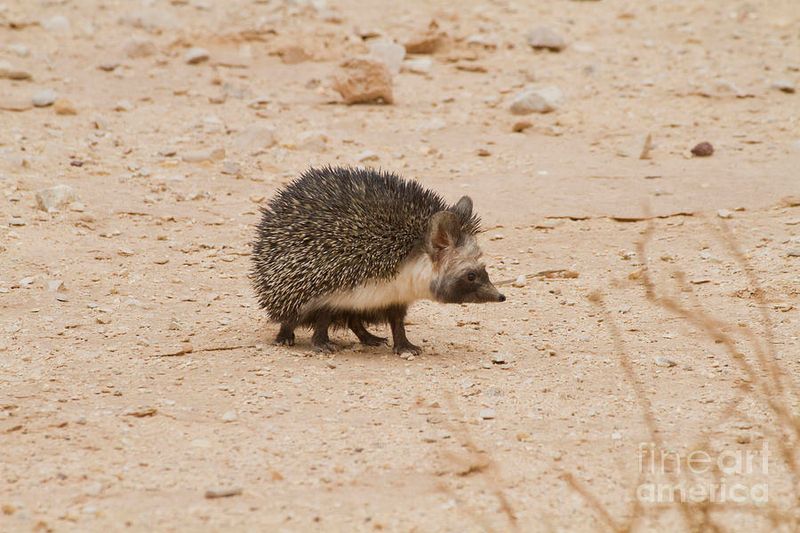
Adorned with spines, the desert hedgehog is a small yet resilient creature. It escapes the sun’s heat by being primarily nocturnal, foraging under the cover of cooler nights.
Its spines provide defense against predators, while its ability to hibernate during extreme droughts showcases its survival skills.
Desert hedgehogs are emblematic of the adaptability seen in Sahara wildlife. Their presence is a charming reminder of the diverse life thriving against the odds in this harsh terrain.
Desert Locust
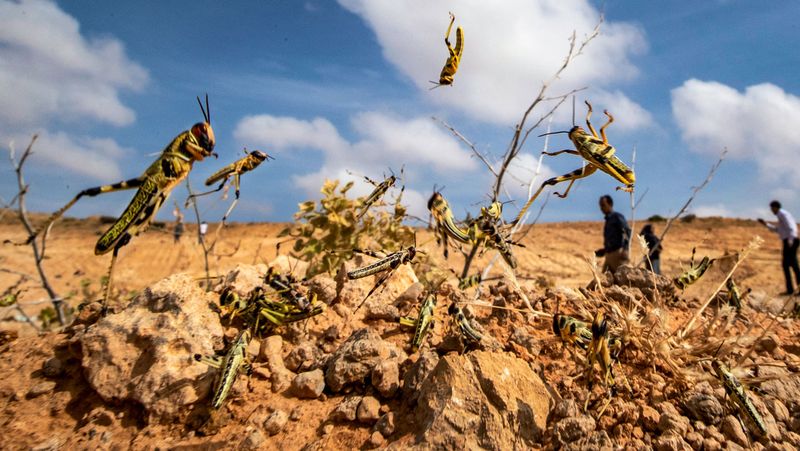
Desert locusts, notorious for their swarming behavior, have a significant impact on the Sahara’s ecosystem. Their ability to travel vast distances is remarkable.
Swarming allows them to find new food sources, but it also creates challenges for other species and human agriculture. Their lifecycle is closely tied to rainfall patterns, dictating their movement and survival.
These locusts highlight the dynamic and sometimes destructive power of nature. Their presence reminds us of the interconnectedness of life in the desert ecosystem.
Berber Skink
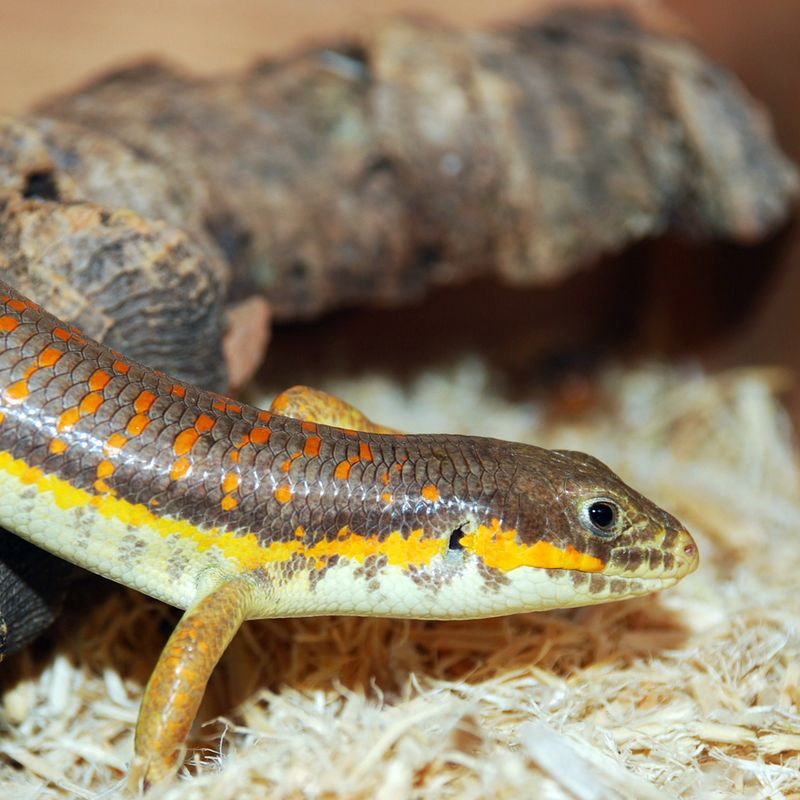
The Berber skink, with its sleek body and smooth scales, is an expert at evading predators. Its ability to burrow into sand provides both shelter and a means to escape heat.
Active during the cooler parts of the day, this skink’s diet includes insects and plants, making it a crucial part of the desert food chain.
Berber skinks illustrate the survival tactics that are essential for life in the Sahara. Their presence underscores the diversity of life that calls this harsh landscape home.
Saharan Cheetah

The Saharan cheetah is a rare subspecies adapted to the desert’s demanding conditions. With a lighter coat than its savanna relatives, it blends in seamlessly with its environment.
Its solitary lifestyle and nocturnal hunting habits help conserve energy and avoid daytime heat. Unfortunately, its population is dwindling due to habitat loss and hunting.
As an apex predator, the Saharan cheetah is vital for maintaining ecological balance. Its survival is precarious, highlighting the need for conservation efforts focused on these unique desert dwellers.
Desert Monitor Lizard
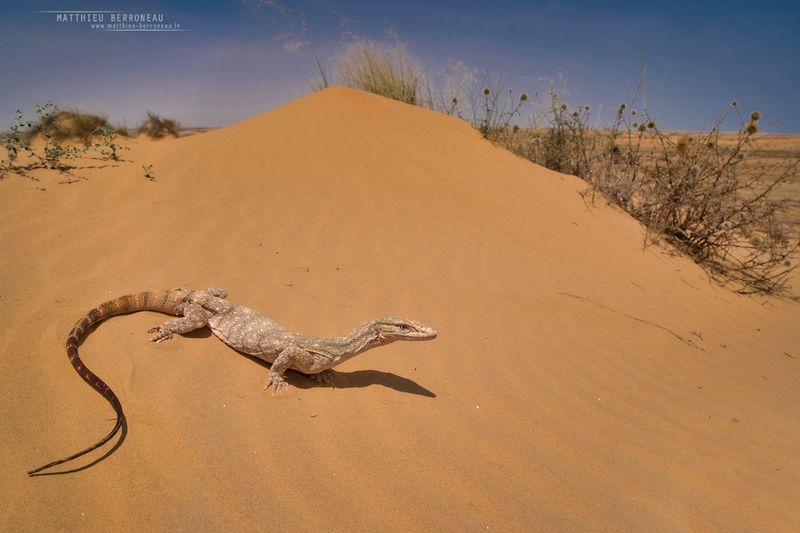
The desert monitor lizard, with its robust body and keen senses, is a formidable presence in the Sahara. It uses its tongue to pick up scents, hunting for prey in the vast expanse.
Able to withstand high temperatures, this lizard often basks in the sun, regulating its body heat. Its diet includes insects, small mammals, and eggs, making it an opportunistic feeder.
These lizards embody the tenacity required for survival in such a relentless environment. Their adaptability is a testament to life’s persistence in the harshest of climates.

